
How to find something new in a long-dead dinosaur
By Whitney Johnson, Director of Visual and Immersive Experiences
Paolo Verzone has an eye for the dramatic. The three-time World Press Photo award winner has crisscrossed Norway’s Svalbard to document life in the high Arctic. He’s taken Antonio Banderas’s portrait on a moment’s notice amid the glitz and glam of Cannes. He’s even photographed the lethal hands of a retired Mafia hitman—an assignment that still makes him shudder.
But how can photography bring life and drama to subjects that have been dead for more than 66 million years? That was Paolo’s mandate for the cover story of this month’s National Geographic, a deep dive into the new science of dinosaurs. (Above, paleontologist Samir Zouhri at a site in Morocco.)
In part, Paolo used lighting to make bones feel alive, even familiar. When photographing fossils of the dinosaur Spinosaurus—which new evidence suggests spent much of its time in the water—Verzone repurposed a half-filled water bottle to imprint subtle ripples on the light striking the bones. The goal: to invoke the memory of water in the viewer.

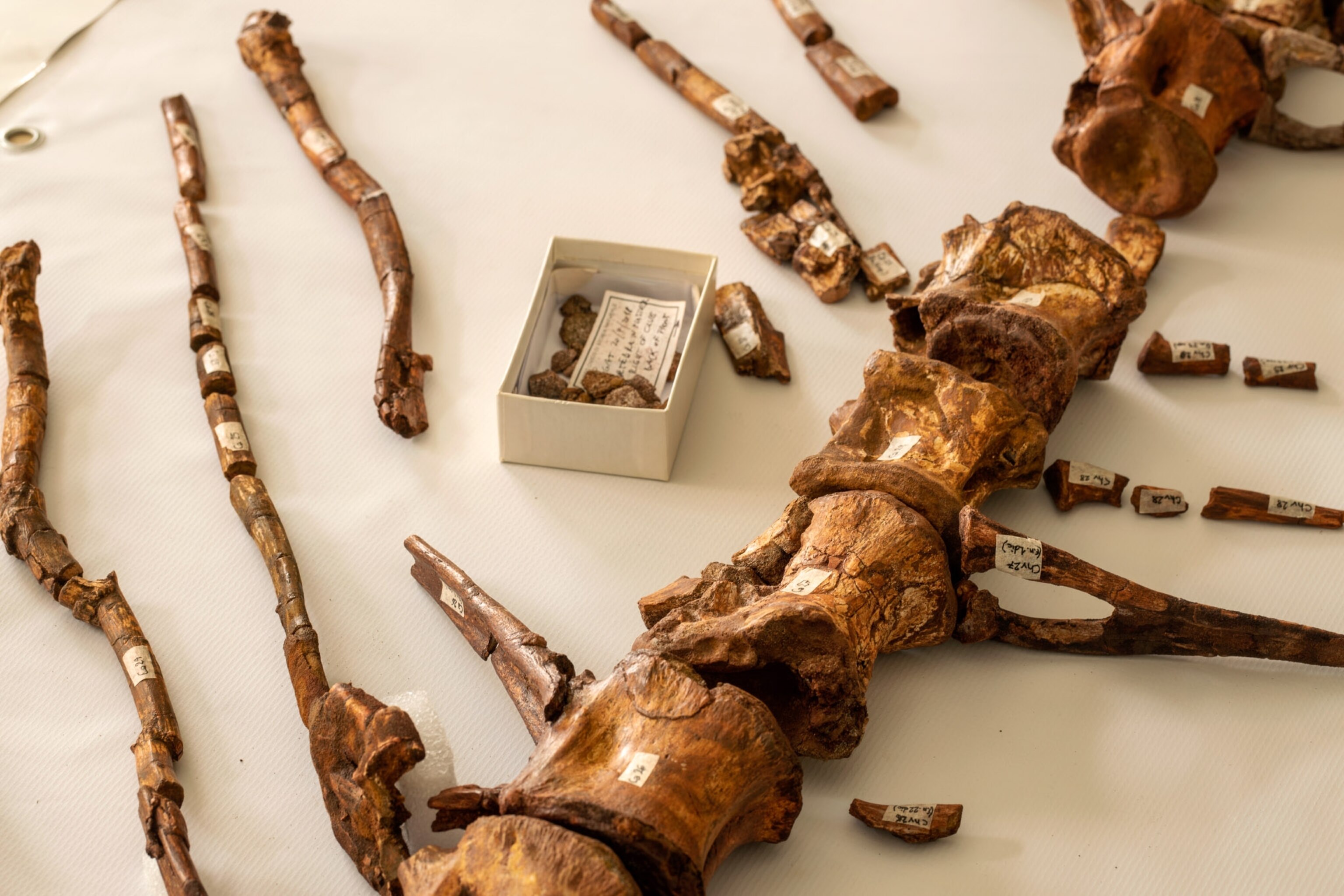
"It’s something that you feel somehow, it’s déjà vu,” he tells my colleague Michael Greshko. “Of course, it’s not normal to see that on a bone from a dinosaur, but the feeling… it’s a warm feeling, it’s comfort.”
“I’m trying to describe the feelings I have when I do these lights,” Paolo adds. “It’s kind of magical sparkles that can bring anything to life.” (Above left, team members examine a Spinosaurus tail vertebrae; at right, long spines of bone protrude from the Spinosaurus tail vertebrae.)
But for Paolo, the story of dinosaurs isn’t about bones locked away in stone; it’s about the dreamers and thinkers who study fossils and dig them up in even the harshest conditions. “It’s all about the humans,” he says. “Dinosaurs come out to light only because humans work in the dark.” (Below left, a statue of Triceratops, outside Morocco’s Tahiri Fossil Museum; at right, the museum.)
Do you get this newsletter daily? If not, sign up here or forward to a friend.
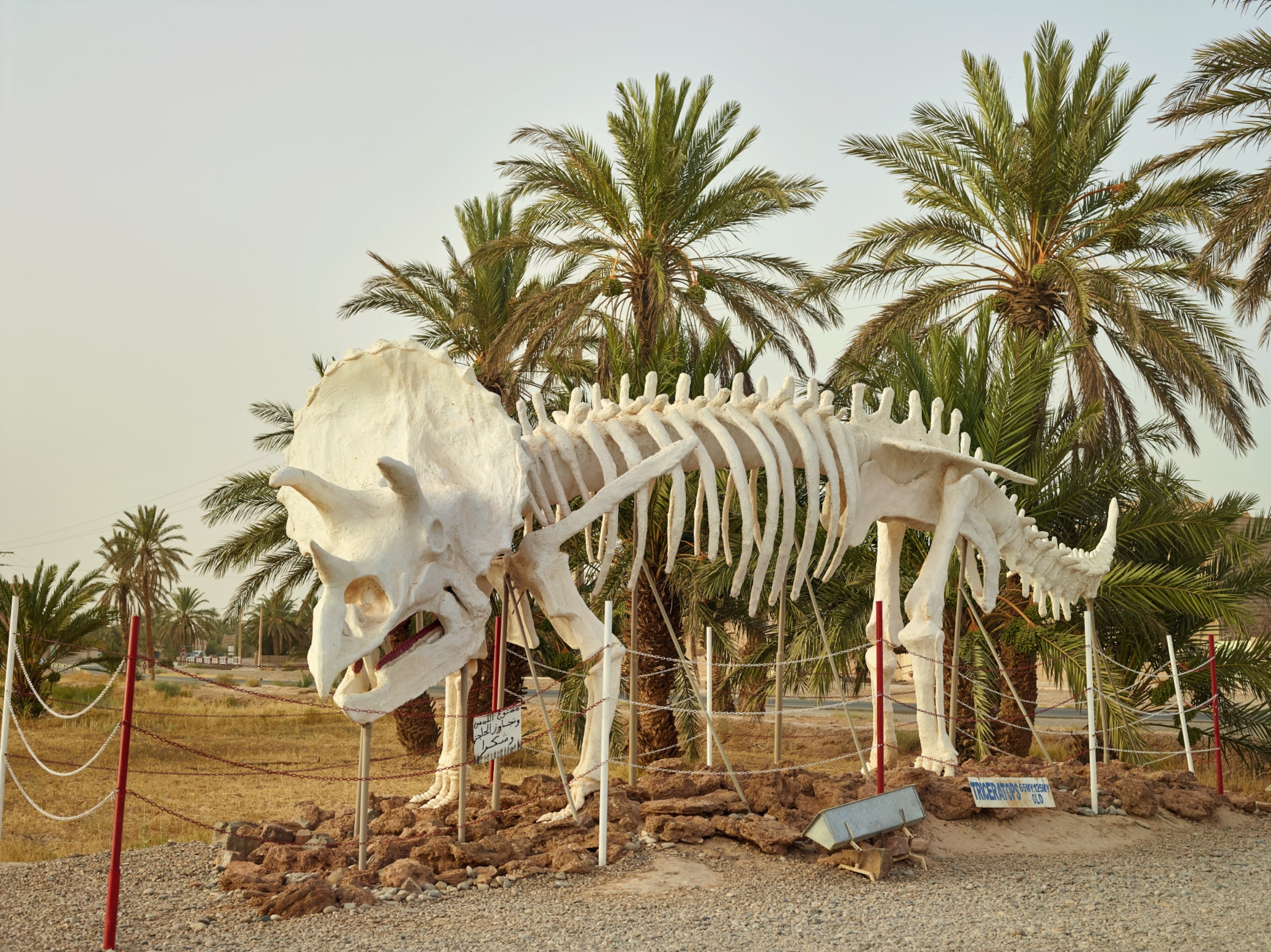
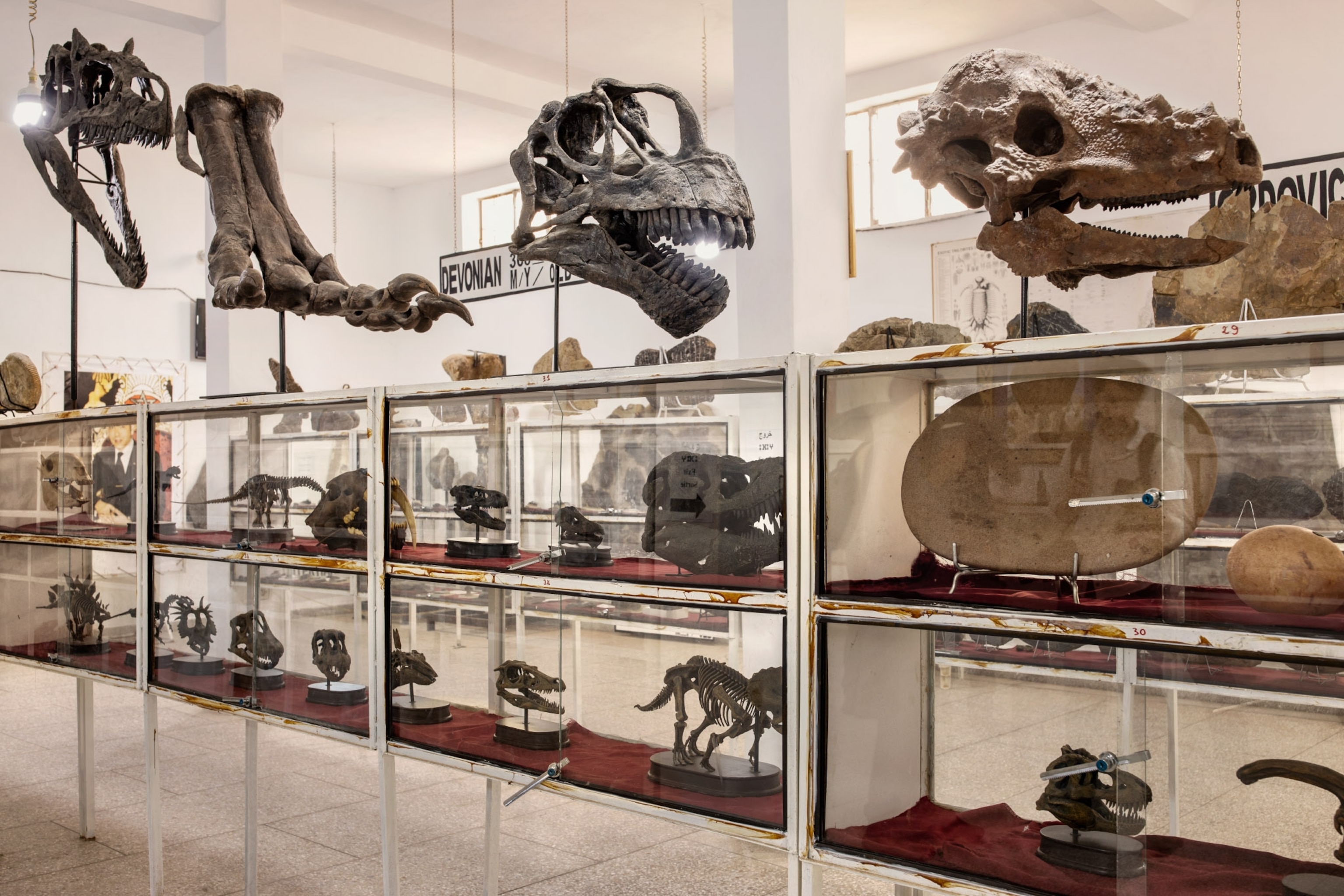
Today in a minute
LaToya Rudy Frazier: The photographer and visual artist was putting together her images from three projects—on poverty, racism, and the decline of a mining region. The title of the book? Simply her name. LaToya Rudy Frazier, the book, took the 35th annual Kraszna-Krausz Photobook Award. It’s an affirmation of Frazier’s focus. “I use my photographs as a platform to … create visibility for people who are on the margins, who are deemed ‘unworthy,’” she told the British Journal of Photography.
A friendship that mattered: The photographer, on assignment, found a former NFL player sleeping under a bridge in New Orleans. After being roused, former Minnesota Vikings defensive back Jackie Wallace told Ted Jackson: “You ought to do a story about me.” The newspaper story was a sensation. Wallace’s suggestion has become a book that detailed an unlikely, and continuing, friendship.
How do you visualize science? That’s a topic that has drawn together three Nat Geo photographers and a photo editor for a virtual conversation hosted by Brooklyn-based Photoville. Anand Varma, Esther Horvath, and Max Aguilera-Hellweg will talk with Senior Photo Editor Todd James on the challenges they face exploring technology, the animal netherworld, and the extremes at the ends of the Earth. Sign up here to catch the talk, at 5 p.m. on October 4.
Your Instagram of the day
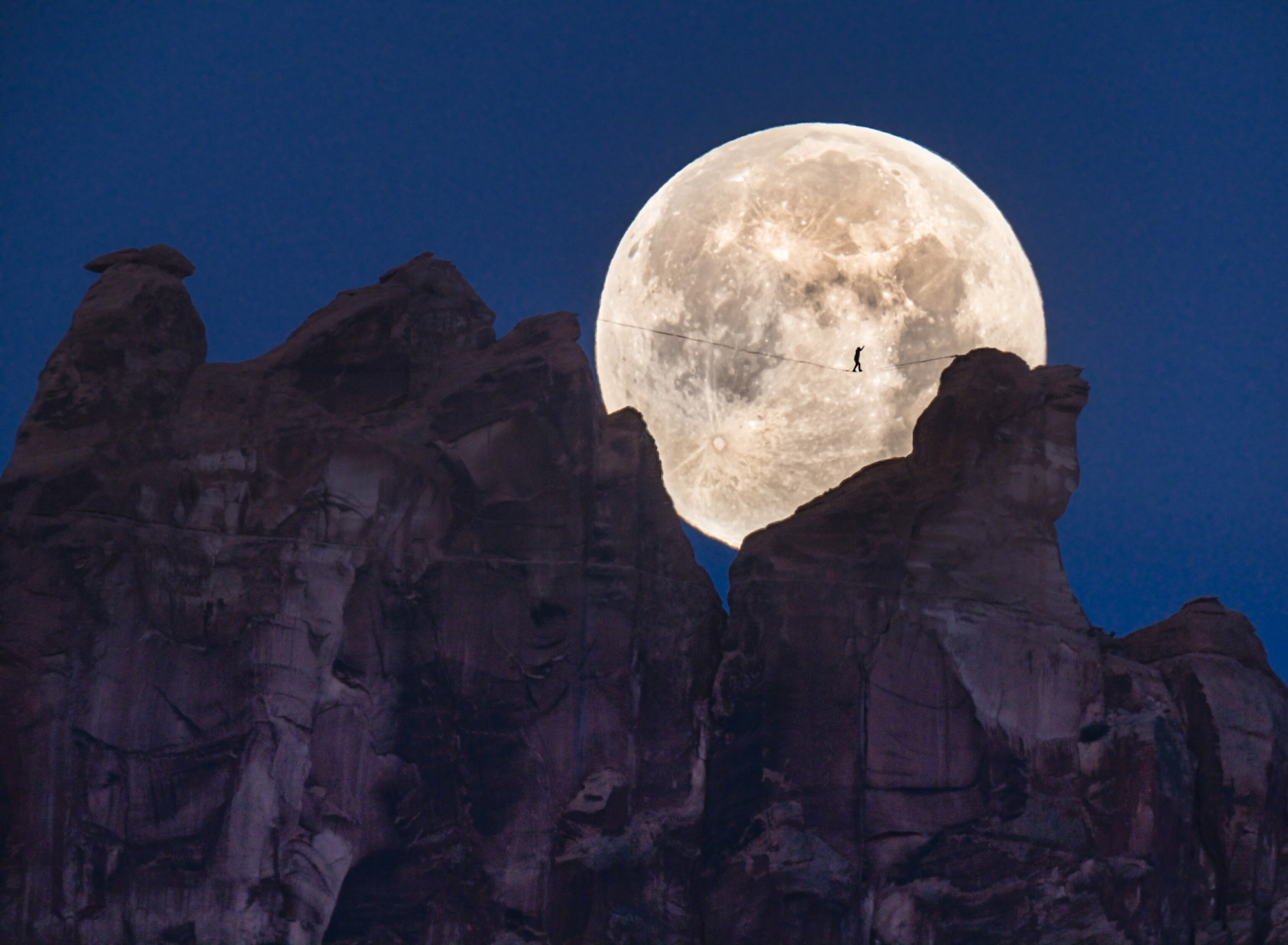
Moonwalk: Look closely. Walking a gap high above the valley floor in Moab, Utah is stunt performer Andy Lewis. Photographer Renan Ozturk navigated cliffy terrain with a 600mm lens to take the shot from two miles away. “This moment of alignment lasted for about one minute and only a few frames,” Renan wrote last month. “It give me such hope to witness such artistic acts of humanity in these times!” More than a million people liked Renan’s photo on our Instagram page.
Subscriber exclusive: That time Alex Honnold free soloed Yosemite’s El Capitan
The big takeaway
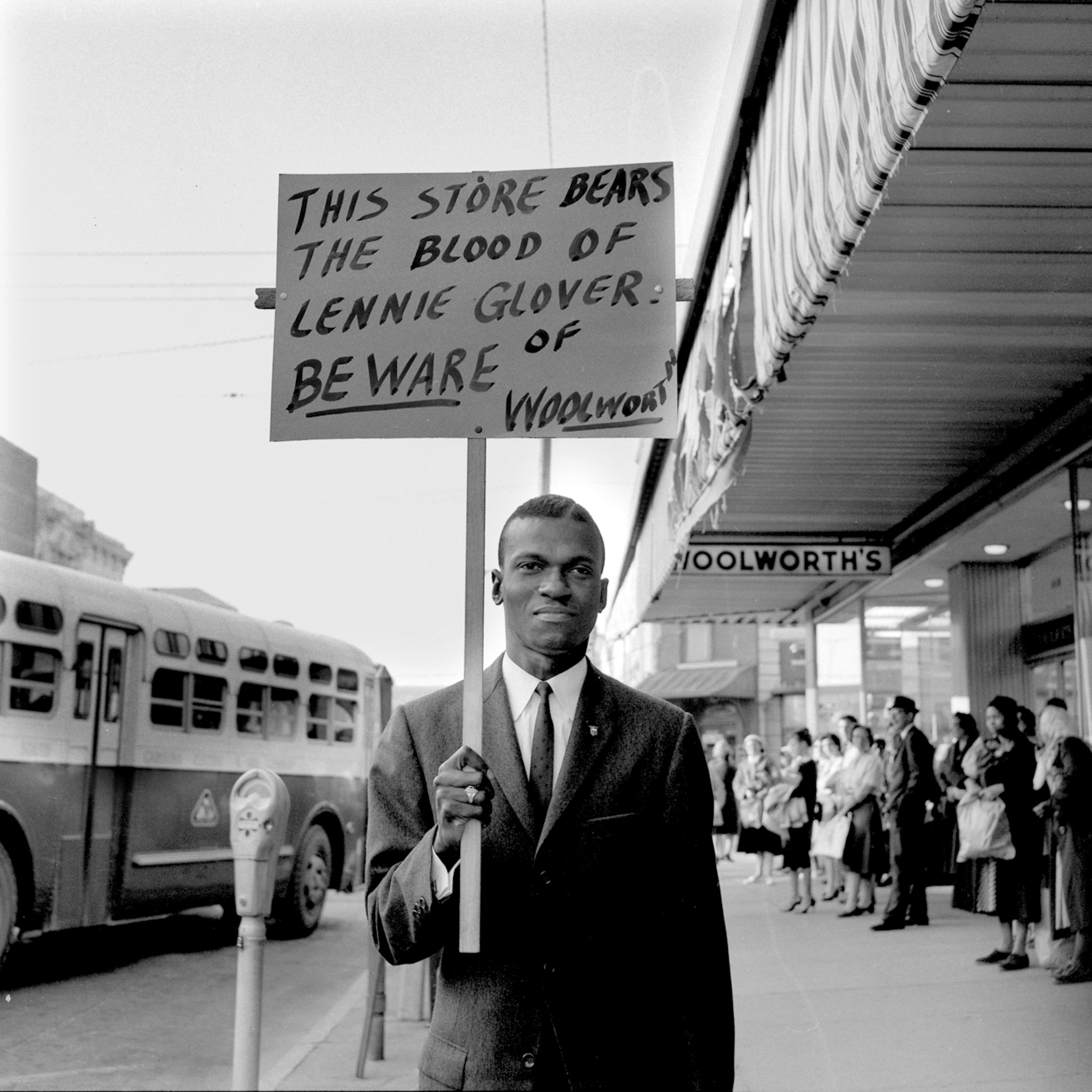
One photo, 1,000 words: This protester carries a sign during a 1961 boycott of Woolworth’s in Columbia, South Carolina. Lennie Glover, a divinity student seeking equal treatment for Black and white customers, was stabbed during a sit-in at the local department store, prompting the boycott. The image by Cecil Williams is among the collection in South Carolina’s only civil rights museum, which Williams, now 83, designed and built.
In a few words
The students were my friends. The three people who were killed, I had taken all of their pictures.Cecil Williams, Longtime civil rights photographer, on the 1968 slaying of three South Carolina State University students and wounding of 30 others by highway patrolmen. From: A museum that covers history in danger of being forgotten
Did a friend forward this to you?
On Mondays, Debra Adams Simmons covers the latest in history. If you’re not a subscriber, sign up here to also get Victoria Jaggard on science, George Stone on travel, and Rachael Bale on animal and wildlife news.
The last glimpse
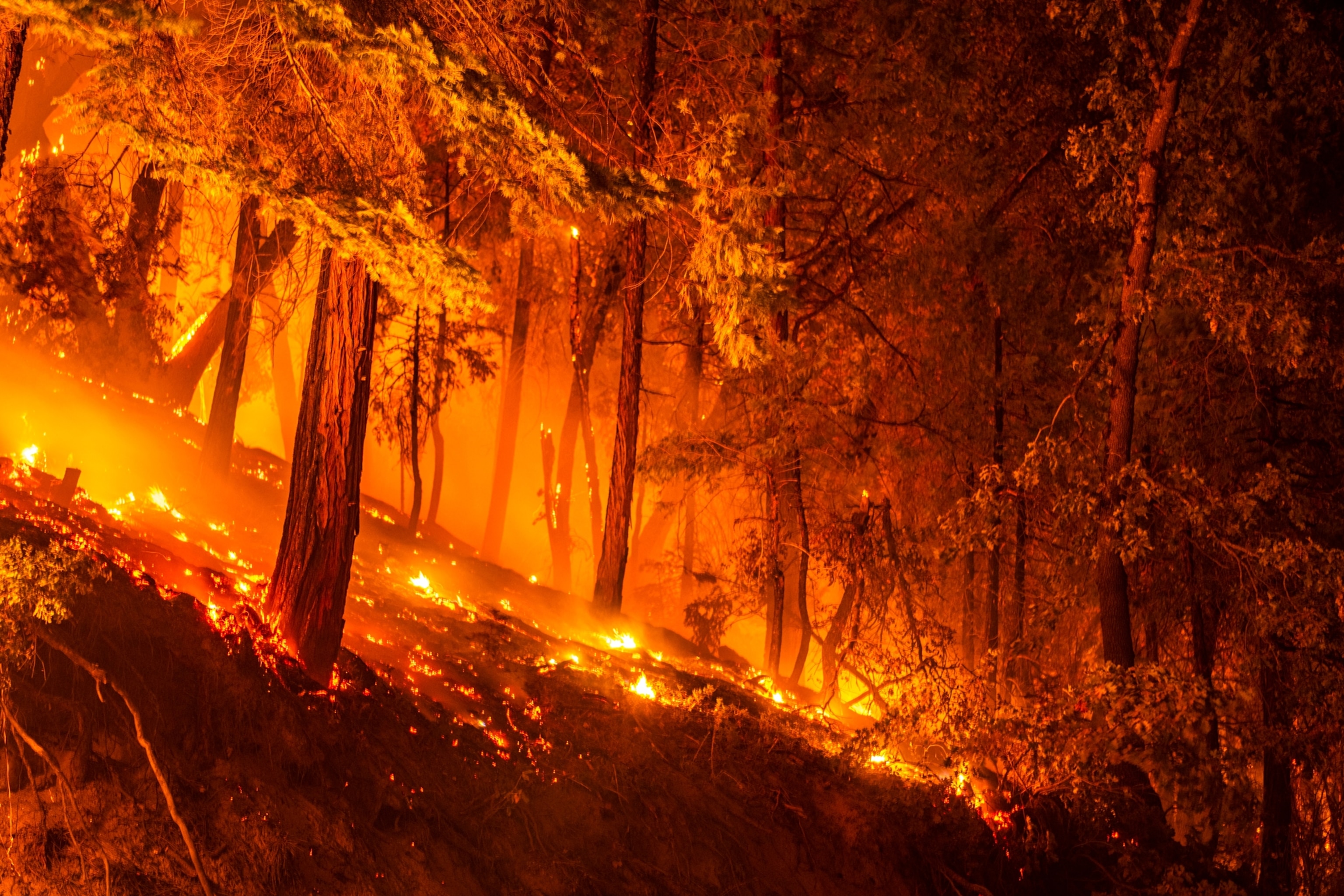
With Cal Fire: Photographer Stuart Palley, a trained wildland firefighter whom we profiled last week, was working alongside Cal Fire last week amid California’s biggest recorded wildfire season. Above, Palley shows trees that were already killed by bark beetles. In his vivid, on-the-ground account with David Helvarg, he notes that fire crews, trying to save the central California town of Camp Nelson, had been hampered by the danger of falling trees.